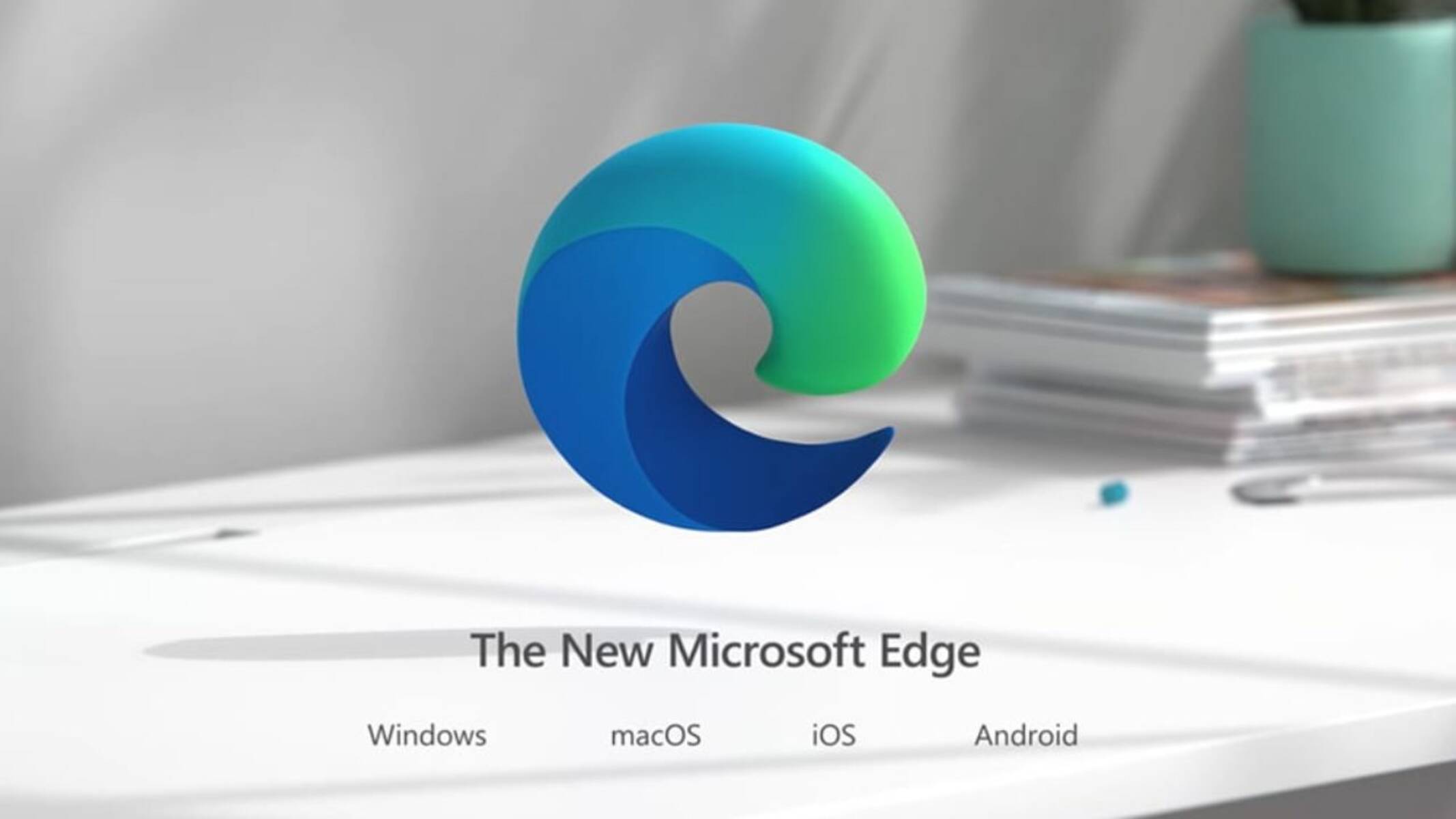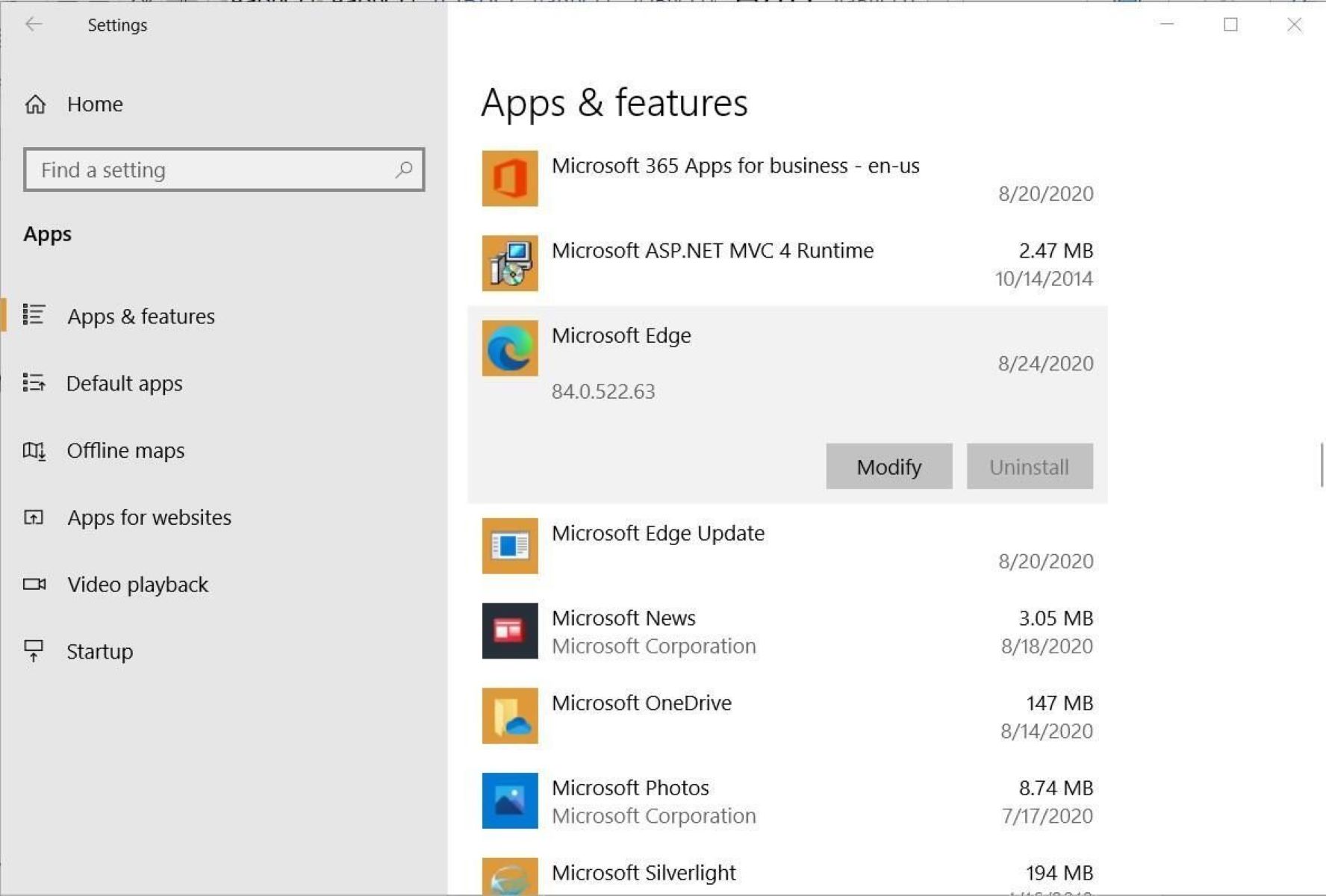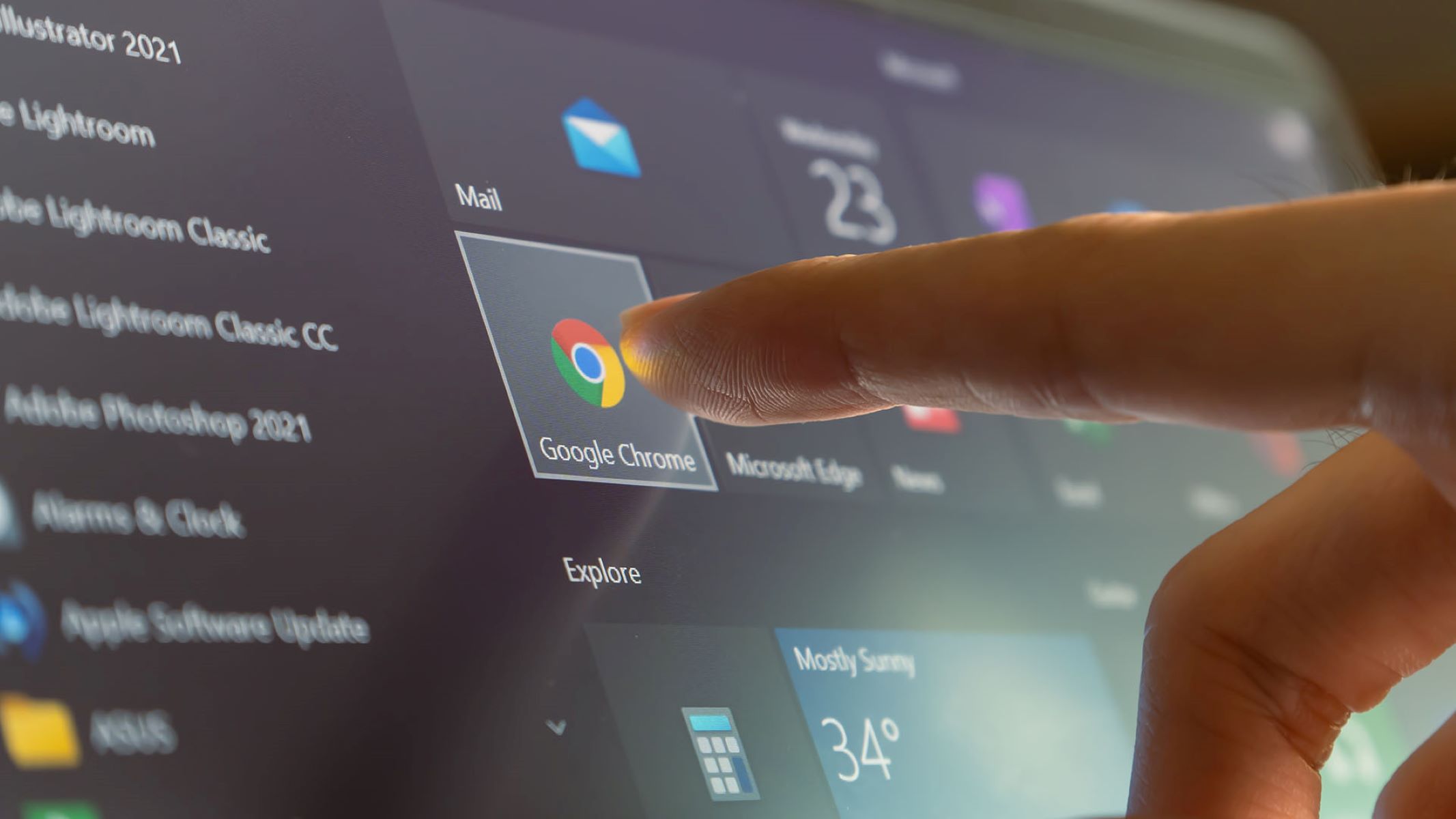Introduction
Keeping your web browser up to date is crucial for a smooth and secure online experience. As technology evolves, so do the features and security measures of web browsers. Microsoft Edge, a popular choice for many users, regularly releases updates to enhance performance, fix bugs, and bolster security. In this article, we will explore the various methods to update Microsoft Edge, ensuring that you are equipped with the latest enhancements and protections.
By staying current with updates, you can benefit from improved browsing speed, enhanced compatibility with websites and applications, and strengthened defenses against cyber threats. Whether you are a casual user or rely on Microsoft Edge for professional purposes, maintaining an updated browser is essential for a seamless and secure online experience.
Now, let's delve into the different approaches for updating Microsoft Edge, including automatic updates, manual updates, and troubleshooting tips. Whether you prefer a hands-off approach or enjoy taking control of the update process, we've got you covered. Let's ensure that your Microsoft Edge browser is always optimized for performance and security.
Checking for Updates
To ensure that your Microsoft Edge browser is running the latest version, it's essential to regularly check for updates. By doing so, you can take advantage of new features, performance enhancements, and security patches. Here's how you can easily check for updates in Microsoft Edge:
-
Open Microsoft Edge: Launch the Microsoft Edge browser on your device. You can do this by clicking on the Edge icon in your taskbar or searching for it in your applications menu.
-
Access the Settings Menu: Once Microsoft Edge is open, click on the three-dot menu icon located in the top-right corner of the browser window. This will open a drop-down menu.
-
Navigate to Help and Feedback: Within the drop-down menu, scroll down and locate the "Help and feedback" option. Click on it to access additional settings.
-
Select "About Microsoft Edge": In the "Help and feedback" menu, you will find the "About Microsoft Edge" option. Click on it to initiate the update check.
-
Check for Updates: Upon selecting "About Microsoft Edge," the browser will automatically check for updates. If a new version is available, it will prompt you to download and install it.
-
Restart Microsoft Edge: After the update is installed, you may need to restart Microsoft Edge to apply the changes. Simply close and reopen the browser to ensure that the latest version is active.
By following these simple steps, you can easily check for updates in Microsoft Edge and ensure that you are benefiting from the latest improvements and security enhancements. Regularly checking for updates is a proactive approach to maintaining a secure and optimized browsing experience.
Automatic Updates
Microsoft Edge offers the convenience of automatic updates, ensuring that your browser remains current with the latest features and security patches without requiring manual intervention. This seamless process helps users stay protected and enjoy the newest functionalities without having to actively monitor and initiate updates. Here's a closer look at how automatic updates work in Microsoft Edge and how they benefit users.
Streamlined Maintenance
Automatic updates in Microsoft Edge streamline the maintenance of the browser, allowing users to focus on their browsing activities without the need to regularly check for updates. This automated approach ensures that critical updates, including security fixes and performance enhancements, are promptly delivered to users' devices, reducing the risk of potential vulnerabilities and ensuring a smooth browsing experience.
Background Updates
Microsoft Edge's automatic update mechanism operates in the background, utilizing minimal system resources and avoiding disruptions to users' browsing sessions. This means that updates are seamlessly downloaded and installed without interrupting the user's workflow. By leveraging background updates, Microsoft Edge ensures that users are always equipped with the latest browser version without inconveniencing them during their online activities.
Security Enhancements
Automatic updates play a pivotal role in bolstering the security of Microsoft Edge. By promptly delivering security patches and fixes, the browser mitigates potential vulnerabilities, safeguarding users against evolving cyber threats. This proactive approach to security maintenance helps users browse with confidence, knowing that their browser is fortified with the latest defenses against malicious activities.
Accessing Automatic Update Settings
Users can customize the automatic update settings in Microsoft Edge to align with their preferences. By accessing the browser's settings, users can manage the frequency of updates, allowing them to choose between automatic updates, scheduled updates, or manual updates. This flexibility empowers users to tailor the update process to suit their individual needs and preferences.
In summary, automatic updates in Microsoft Edge offer a hassle-free approach to keeping the browser current with the latest features and security enhancements. By leveraging background updates and prioritizing security, Microsoft Edge ensures that users can enjoy a seamless and protected browsing experience without the need for manual intervention. This automated maintenance approach reflects Microsoft's commitment to delivering a secure and optimized browsing environment for its users.
Manual Updates
In some instances, users may prefer to have more control over the update process or may encounter situations where automatic updates are not feasible. Microsoft Edge provides the option for manual updates, allowing users to initiate the update process at their discretion. This hands-on approach empowers users to actively manage the timing of updates and ensures that they are aware of the specific changes being implemented. Here's a detailed look at how manual updates can be performed in Microsoft Edge.
Accessing Update Options
To initiate a manual update in Microsoft Edge, users can access the browser's settings menu by clicking on the three-dot icon in the top-right corner of the browser window. From the drop-down menu, users can navigate to the "Help and feedback" section, where they will find the "About Microsoft Edge" option. Clicking on this option will prompt the browser to check for available updates.
Initiating the Update
Upon selecting "About Microsoft Edge," the browser will commence the update check, scanning for any available updates. If a new version is detected, users will be prompted to download and install the update. By following the on-screen instructions, users can initiate the update process, ensuring that their Microsoft Edge browser is equipped with the latest enhancements and security patches.
Verifying the Update
Once the update is installed, users can verify the successful implementation of the new version by restarting Microsoft Edge. Closing and reopening the browser will ensure that the latest updates are active, allowing users to benefit from the improved performance, new features, and enhanced security measures.
Benefits of Manual Updates
While automatic updates offer convenience, manual updates provide users with a heightened level of awareness and control over the update process. By actively initiating updates, users can ensure that the timing aligns with their preferences and operational needs. Additionally, manual updates allow users to review the specific changes included in the update, providing transparency and insight into the enhancements being introduced to the browser.
Tailoring the Update Experience
Microsoft Edge's support for manual updates enables users to tailor their update experience according to their individual preferences and operational requirements. Whether users prefer a hands-off approach with automatic updates or seek more control through manual updates, Microsoft Edge accommodates diverse user preferences, ensuring that the update process aligns with each user's unique needs.
In summary, manual updates in Microsoft Edge offer users the flexibility to actively manage the update process, providing transparency, control, and the ability to align updates with their specific preferences and operational requirements. By empowering users to initiate and oversee updates, Microsoft Edge ensures that users can maintain a current and optimized browsing experience while retaining control over the update process.
Troubleshooting Updates
Occasionally, users may encounter challenges when attempting to update Microsoft Edge. These issues can range from update failures to unexpected errors during the update process. To address such situations and ensure that the browser remains up to date, it's essential to employ troubleshooting techniques tailored to resolving update-related issues.
Clearing Browser Cache and Data
One effective troubleshooting method involves clearing the browser's cache and data. Over time, accumulated cache and data can interfere with the update process, leading to unexpected errors. By clearing the cache and data, users can eliminate potential obstacles that may hinder the update procedure, allowing for a smoother update experience.
Verifying Network Connectivity
Inadequate network connectivity can impede the update process, preventing Microsoft Edge from accessing the necessary update files. Users encountering update issues should verify their network connection to ensure that it is stable and capable of supporting the update download. Addressing any network-related issues can significantly improve the update process's reliability.
Running the Update Troubleshooter
Microsoft Edge provides a built-in update troubleshooter designed to identify and resolve common update-related issues. Users can access the update troubleshooter through the browser's settings, allowing it to diagnose and address potential obstacles hindering the update process. Running the update troubleshooter can often pinpoint and resolve underlying issues, facilitating successful updates.
Temporarily Disabling Security Software
In some instances, security software or firewalls may inadvertently block the update process, leading to update failures. Temporarily disabling security software, such as antivirus programs or firewalls, can help determine if they are impeding the update. If the update succeeds after disabling security software, users can adjust the software settings to permit Microsoft Edge updates while maintaining security measures.
Reinstalling Microsoft Edge
If persistent update issues persist despite troubleshooting efforts, reinstalling Microsoft Edge can serve as a comprehensive solution. By uninstalling and reinstalling the browser, users can address underlying issues that may be hindering the update process, ensuring a fresh installation that is conducive to successful updates.
By employing these troubleshooting strategies, users can effectively address update-related challenges in Microsoft Edge, ensuring that the browser remains current with the latest features and security enhancements. These proactive troubleshooting measures empower users to overcome obstacles and maintain a seamless and optimized browsing experience.

























